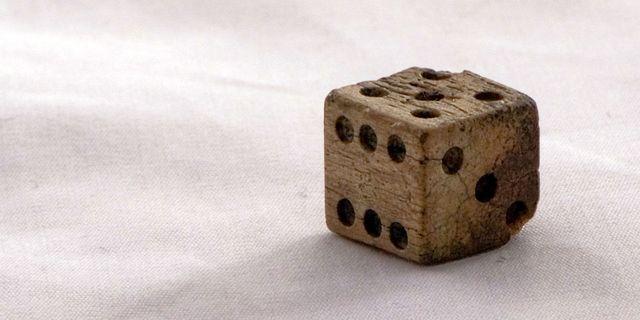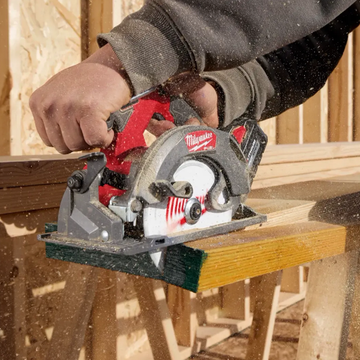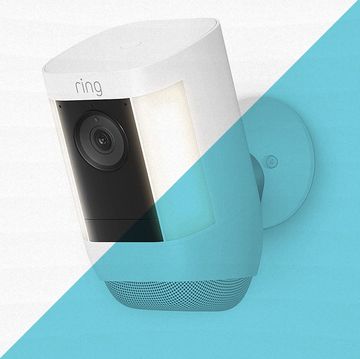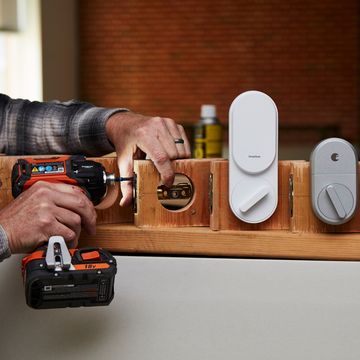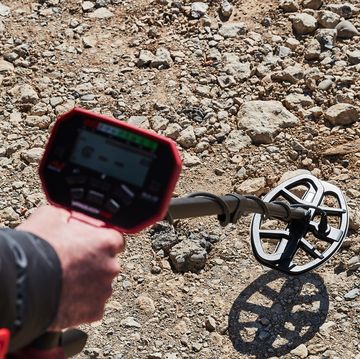"What makes dice fair?" is a more loaded question than you might think.
At its simplest, a fair die means that each of the faces has the same probability of landing facing up. A standard six-sided die, for example, can be considered "fair" if each of the faces has a probability of 1/6. But there are a number of factors that come into play here, and things get more complicated when you start considering shapes for dice other than a cube.
Fortunately, the wonderful YouTube channel Numberphile tracked down Stanford's Persi Diaconis, an expert in probability who has authored a research paper about fair dice, to discuss all the considerations that need to be made if you are going to definitively say that a die is fair.
There are three main factors that influence whether a dice roll is fair. First, of course, is the geometric shape of the dice. Second is the physics of the roll. Third is real-world environment, such as the surface you are rolling on.
The most important factor is whether a die is "fair by symmetry." In his paper, Diaconis defined a die as being fair by symmetry "if and only if its symmetry group acts transitively on its faces." This means that you could place each individual face of the die on top and the overall geometric shape of the die remains symmetrical and unchanged. By this standard, Diaconis confirmed what Archimedes of Syracuse discovered more than 2,000 years ago: There are 30 families of fair dice.
However, there are certain ways in which one die can be "more fair" than another. This becomes clear when you consider how many "symmetries" a die has, or, in other words, how many ways you can rotate the die so that its shape remains unchanged even though different parts of the die end up in different positions. A six-sided cube die, for example, has 24 different symmetries. A tetrahedral die, or a four-sided die in the shape of a pyramid, has only 12 different symmetries.
This is where the physics of rolling dice comes into play. Given all the angular and rotational velocities involved in a roll of the dice—there are 12 dimensions of parameters required to mathematically define the initial conditions of a roll—a die with more symmetries can be considered more fair because it is harder to manipulate how exactly the die will tumble. This might seem like nit-picking, but there are actually classes you can take in Las Vegas that provide tips to slide rather than roll dice to force a certain outcome. This is why casinos require that you bounce the dice off the back bumper of a craps table.
The ideal world of mathematics is very different from reality. Physical characteristics, including the type of rolling surface and how used or worn down the dice are, affect the outcome of the roll. In fact, on regular white and black playing dice, the holes for the number dots are drilled and then filled with paint—a paint that is lighter than the material of the die, so the one side is ever-so-slightly heavier than the six side.
All fair dice have an even number of sides, but if you would like to get into the hypotheticals of the fairness of odd-sided dice, you can check out Numberphile's follow-up video with Professor Diaconis here.
Source: Numberphile

Jay Bennett is the associate editor of PopularMechanics.com. He has also written for Smithsonian, Popular Science and Outside Magazine.
